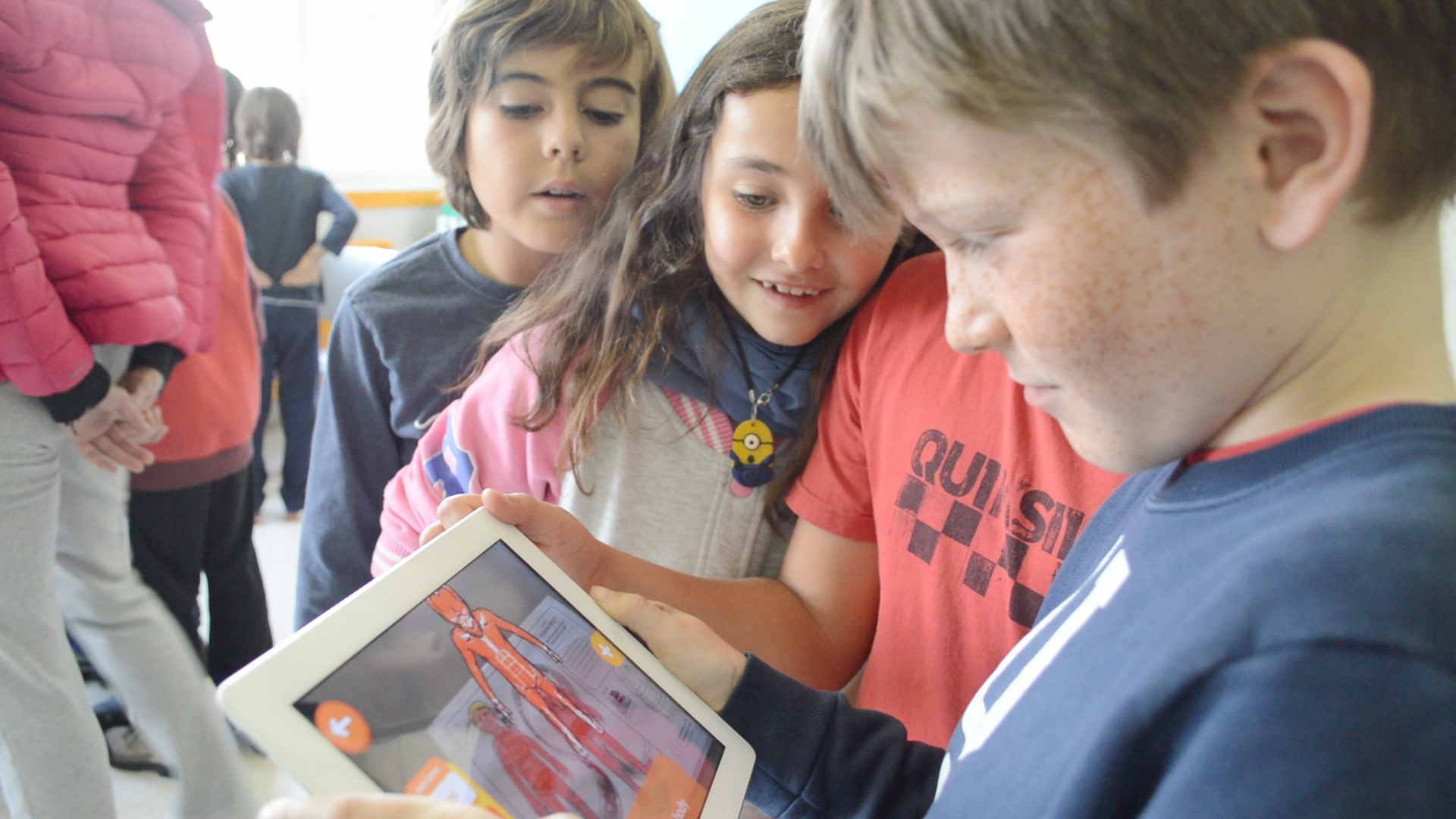Humanizing technology as a current challenge: meaning and strategies
In an increasingly digitized world, technology has transformed every aspect of our lives, from the way we communicate to how we work, learn, entertain and socialize. However, this great digital transformation has also created a divide. Between generations, between technological capabilities, and between our selves in the face-to-face world and in the digital world. What's more, there are tools that, instead of facilitating, sometimes dehumanize interactions.
In this context, humanizing technology has become a crucial challenge to ensure that technological developments respond to people's emotional, ethical and social needs, promoting more meaningful and accessible connections.
Humanizing technology does not only imply making it more intuitive o easy to usebut also to design with a human values-based approach: empathy, inclusion and wellbeing.
In this article we will delve deeper into the meaning of humanizing technology, proposing key strategies to build a future where technological innovation is aligned with the human.
What it means to humanize technology
Humanizing technology involves designing and using technological tools that prioritize people in their conception, use and purpose. Training technological advances to adapt them to human needs, emotions and behaviors, with the aim of improving the experience and facilitating the interaction between people and machines.
It's not just a matter of creating more user-friendly interfaces or more intuitive systems, but also of ensuring that these technologies respect and promote human valuessuch as empathy, inclusion and equity. Ensuring that technology is not only functional, but also meaningful and accessible to all. In essence, humanizing technology is an effort to make machines fit people, not the other way around.
This concept also encompasses ethical and responsible design of technological tools, ensuring that respect privacy, reduce inequalities y promote wellness.
The humanization of technology recognizes that behind every digital interaction is a person with emotions, expectations and rights.The company seeks to minimize the negative impact that technological solutions can have in terms of emotional disconnection or exclusion. In doing so, it not only improves the user experience, but also fosters a more balanced relationship between people and the technologies around them.
You may be interested in → Customer experience: how to improve it through extended reality.
Benefits of humanized technology
The benefits of humanized technology go beyond technical functionality: improve the user experience, strengthen emotional connections and promote inclusion. By humanizing technology, companies can achieve great advantages and opportunities, some of them are:
Improved user experience
Humanizing technology significantly improves user experience by focusing on the needs, behaviors and concerns of the people who are interacting with it.
If these interactions are more natural and intuitive, technology can better adapt to their preferences, offering personalized experiences. Technologies such as Artificial Intelligence and its virtual avatarsThe use of the database and previous training allows anticipating the needs of the users.
New interactions
One of the most relevant benefits of the humanized technology is its ability to create new interactions between users and digital platforms. As technologies become more intuitive and adaptable to human needs, traditional forms of interaction, such as clicking buttons, programming code or typing commands, are transformed into more natural and human experiences.
The incorporation of Artificial Intelligence (IA) and virtual assistants allows users to interact with systems through the use of spoken languageThe technology barrier is reduced, as if they were having an ordinary conversation with another human. This reduces the technological barrier produced by traditional interfaces.
Digital empathy
Digital empathy allows technological interactions to be closer, more comprehensive and sensitive to users' emotions and needs. Through the use of Artificial Intelligence (AI) and Natural Language Processing (NLP)In addition, technology platforms, especially chatbots and virtual assistants, can adapt their language and tone, responding appropriately.
This ability to understand users' emotions and tailor responses accordingly enables brands to offer a more empathetic and attentive service, which improves the overall experience and the user confidence in particular.
Building confidence in technology solutions
By tailoring digital interactions to users' emotions and needs, platforms create a more transparent and trustworthy environment. This makes users feel comfortable relying on the technologynot only to solve problems, but also to manage your data and make important decisions. The incorporation of ethical values and the protection of privacy strengthen the credibility of technological solutions, demonstrating a commitment to the well-being of users. Humanizing technology helps build the trust necessary for long-term customer relationships.
Key strategies to achieve the humanization of technology
In an increasingly digitized world, humanizing technology has become a necessity to improve the relationship between users and technology platforms. To achieve this, companies must adopt key strategies aimed at improving user satisfaction and thus build long-term trust and loyalty.
Some of the key actions and approaches are as follows:
User-centered design
Putting the user at the center of the design is key to humanizing technology, creating accessible and intuitive experiences. Simple, customized interfaces facilitate use and improve interaction. In addition, technologies such as the Artificial Intelligence and data analysis make it possible to anticipate needs and offer customized solutions.
Ultimately, this not only makes the technology more user-friendly, but it also strengthens the emotional bond with the brandincreasing trust and loyalty.
AI with human focus
Thanks to verbal language and emotion processing, the AI achieves more natural interactions by adapt to the context and emotional state of the user. Thus, systems not only fulfill specific functions, but also incorporate personalization and empathy, offering more accurate and tailored responses to each individual. This human approach with AI technology not only enhances the user experience, but also reinforces trust and emotional connection.
Emerging technologies
Emerging technologies play a crucial role in the goal to humanize technology, since, as we have seen throughout the article, they enable create more natural, accessible and empathetic experiences for users.
Among these technologies, the following stand out Augmented Realitythe Virtual Realitythe Artificial Intelligence and technology Blockchain. By integrating these innovations, brands can deliver immersive experiences that connect emotionally with users. This helps overcome the barrier between the digital and the human.
The future of humanizing technology through Imascono
Humanizing technology is a major challenge. At Imascono we believe that technology should be accessible, natural and exciting, breaking with the idea that it is something cold or distant. Our vision is based on the Applied Imagination, a methodology that transforms the way we interact and understand technology. With this philosophy in mind, we create experiences through our Virtual Reality services y Augmented Reality for companiesthat are not only creative and entertaining, but also connect emotionally with users.
We place the human being at the center of all our projects, designing solutions that prioritize their emotions and needs. For us, it's not about innovation for the sake of it, but about developing technological advances with those who really matter in mind: people.
This approach allows us to building a future where technology is more human, closer and meaningful.
Want to learn more about our humanized vision of technology? Contact with us and we will be happy to talk about the present and future of this great challenge.





